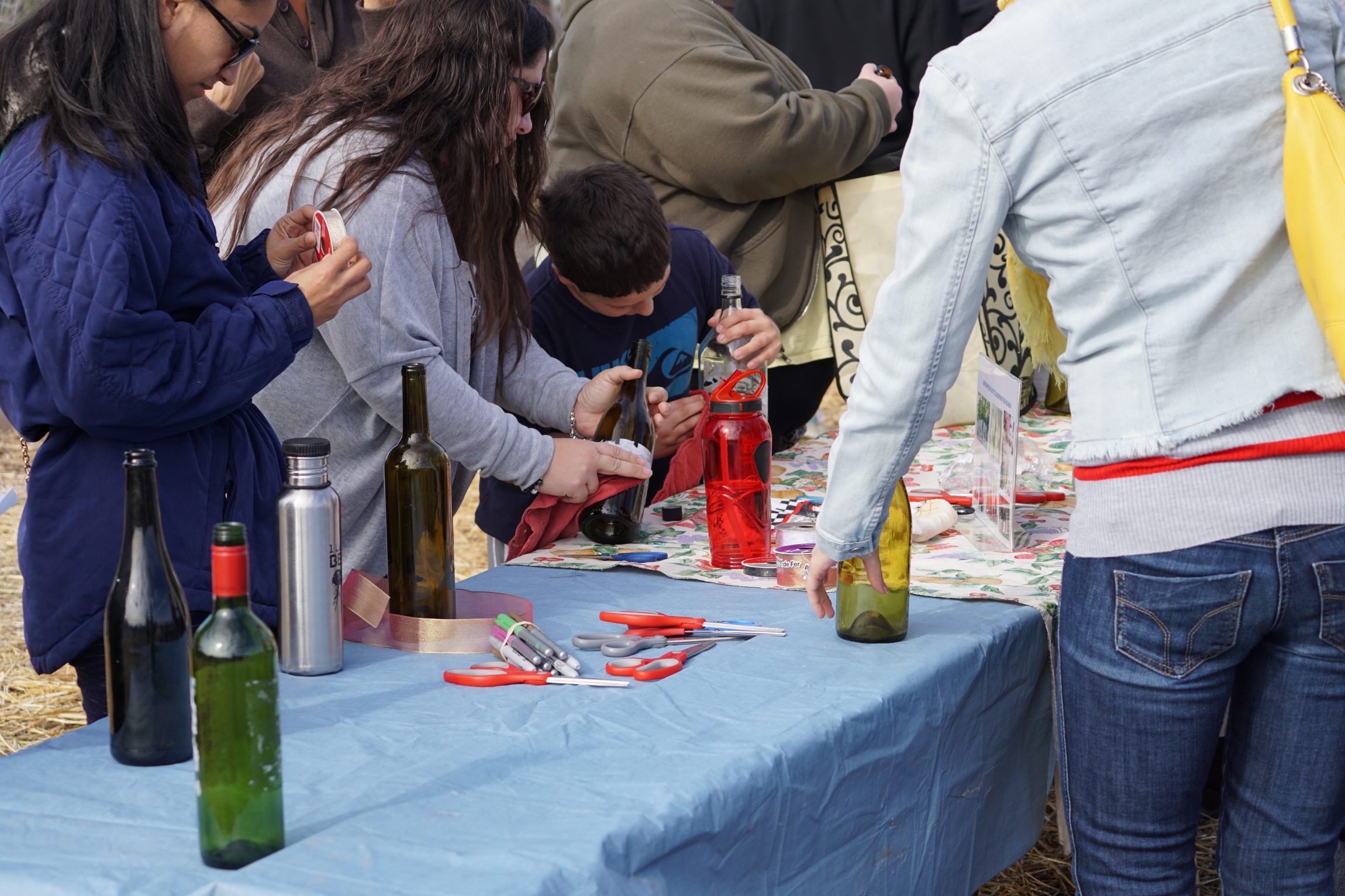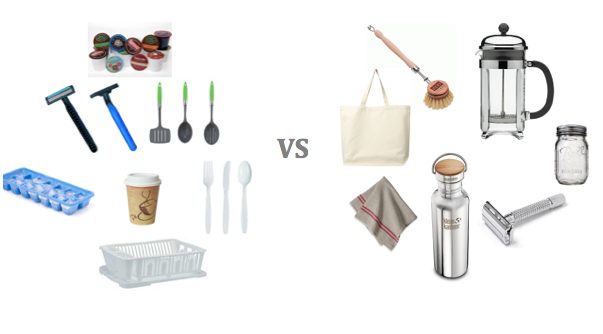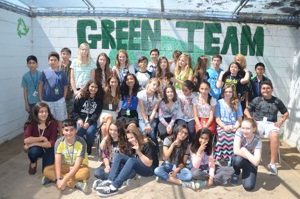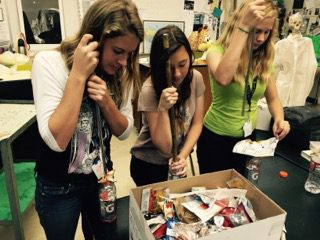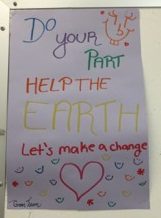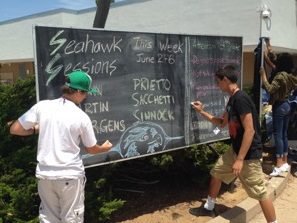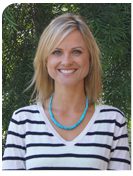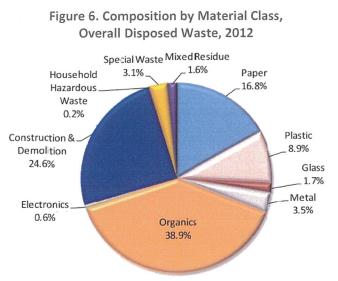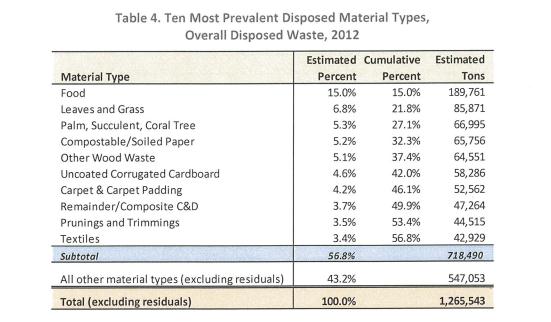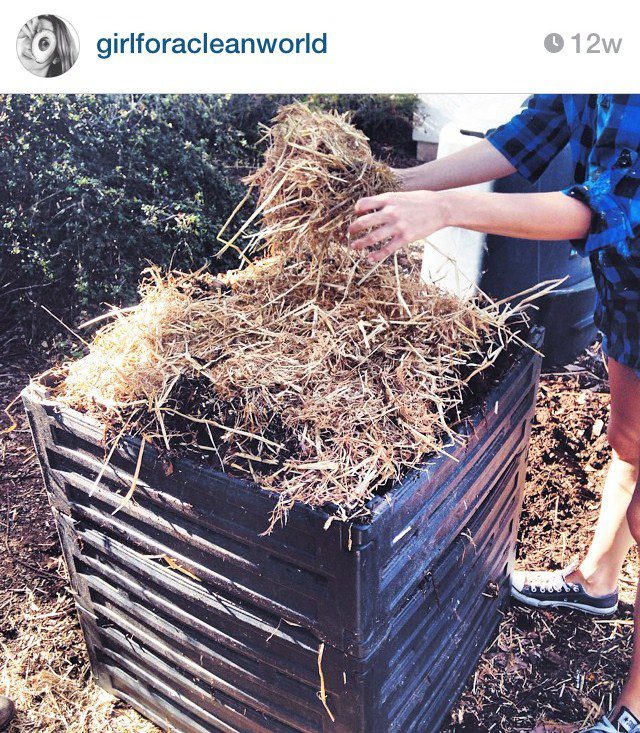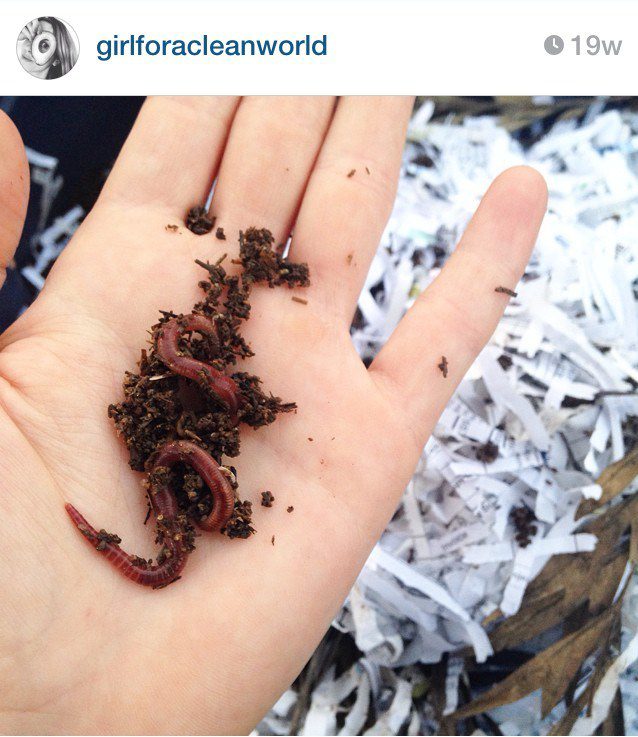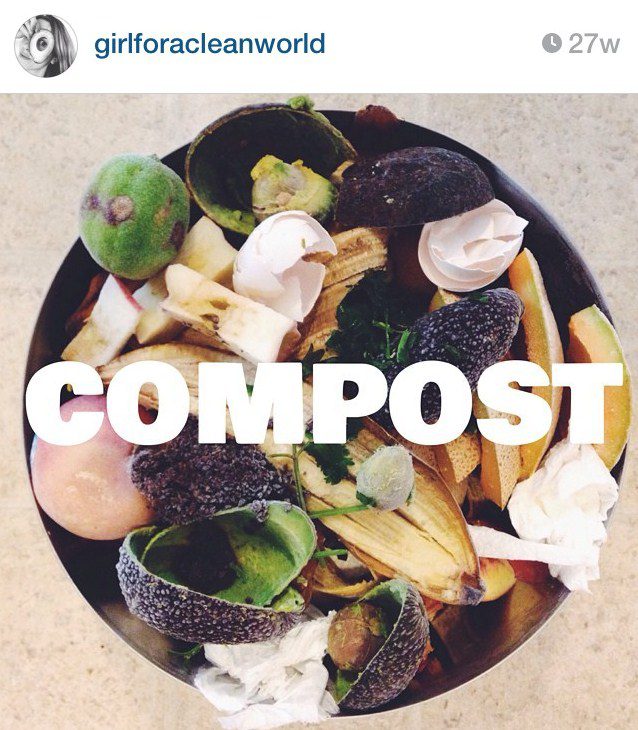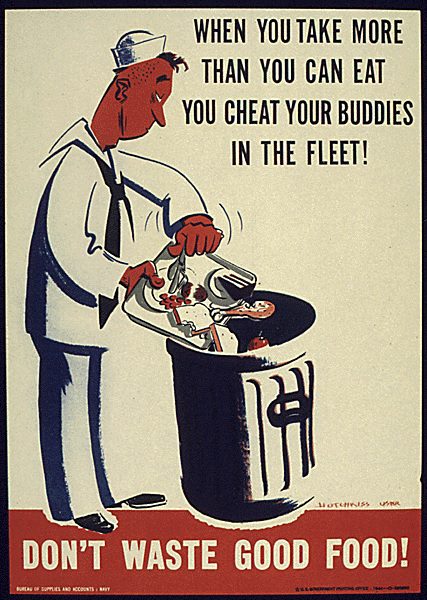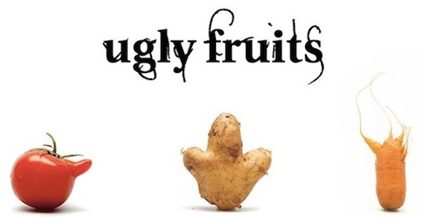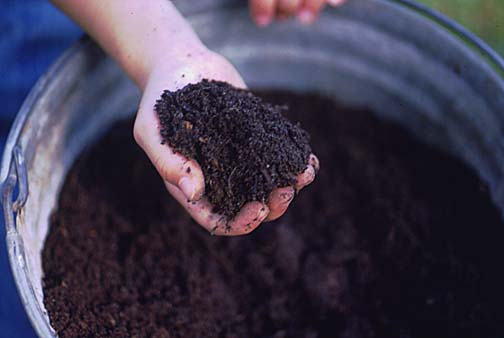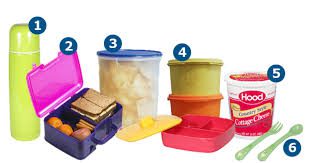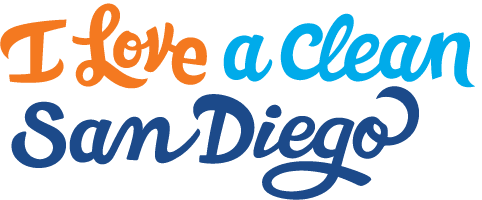At I Love A Clean San Diego, we work to lead and inspire our community to actively conserve and enhance the environment so that our children can enjoy this beautiful region for future generations to come. That’s why we believe in engaging with local schools to instill in them environmental values and habits at an early age.
Did you know that the average elementary school student drinks 133 servings of milk or juice per year? For the average elementary school, that means students consume approximately 75,000 carton beverages per year – that means more than 6 billion cartons are consumed in schools every year!
With carton recycling now available in over 60% of the country, including San Diego, we want to spread the word that you can recycle your cartons and help everyone improve their recycling habits.
Congratulations to Teirrasanta and Cherokee Point Elementary schools for leading by example. Take a look at the great work they’ve already done:
Tierrasanta Elementary won the San Diego Unified School District’s Most-Improved Recycling Award for 2016-17 by boosting their recycling diversion from 10% to 25% (by weight) over the course of just one school year. Through increased classroom recycling efforts as well as lunchtime recycling of cartons, lunch trays, and other recyclables, Tierrasanta students were able to reduce trash service, dramatically improve recycling rates, and save the school money.
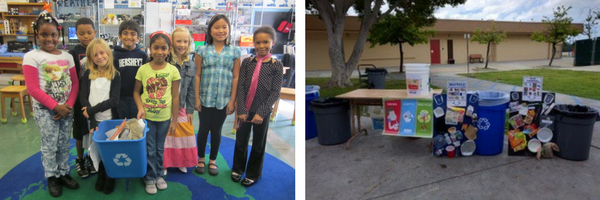
Diverting 95% of all lunchtime waste is an extraordinary feat, and that’s exactly what Cherokee Point Elementary of San Diego Unified School District accomplished last school year. Students and staff joined together to ensure liquids, cartons, lunch trays, and food scraps were kept out of the trash and out of our landfills. The school’s Green Team students encouraged other students to properly sort their waste and take on litter pickup to keep campus clean.
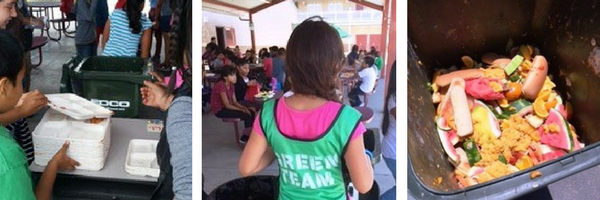
School recycling programs not only encourage children to learn about the importance of recycling, but they also enable communities to recover large quantities of valuable materials, like beverage cartons. To start or enhance carton recycling efforts at your or your child’s school in San Diego, visit cartonopportunities.org. Our partner, Carton Council, has created materials specifically to help parents, teachers, and administrators get started.


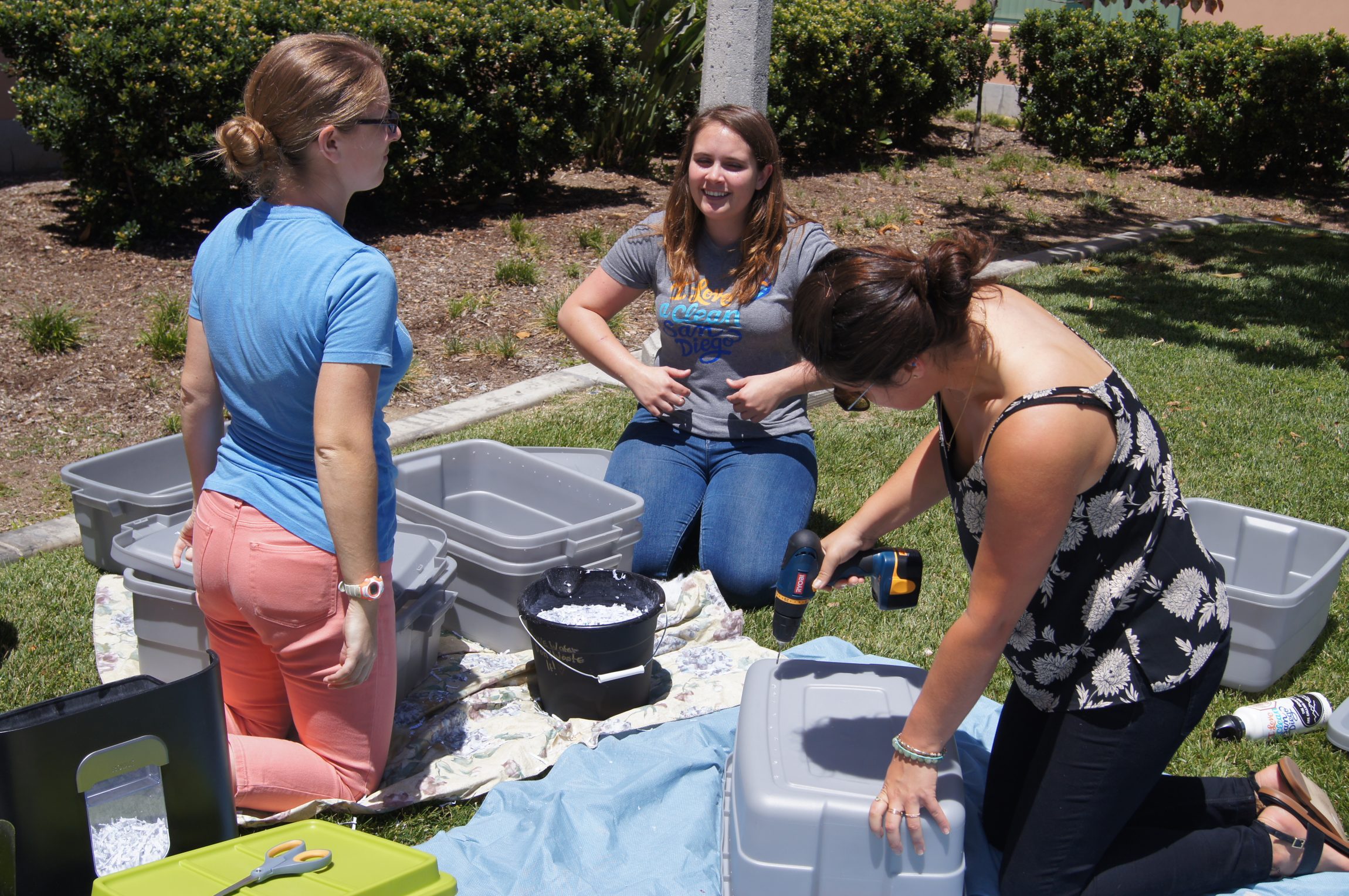
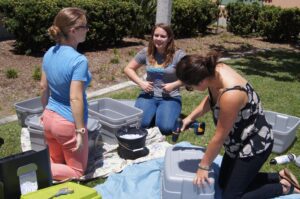
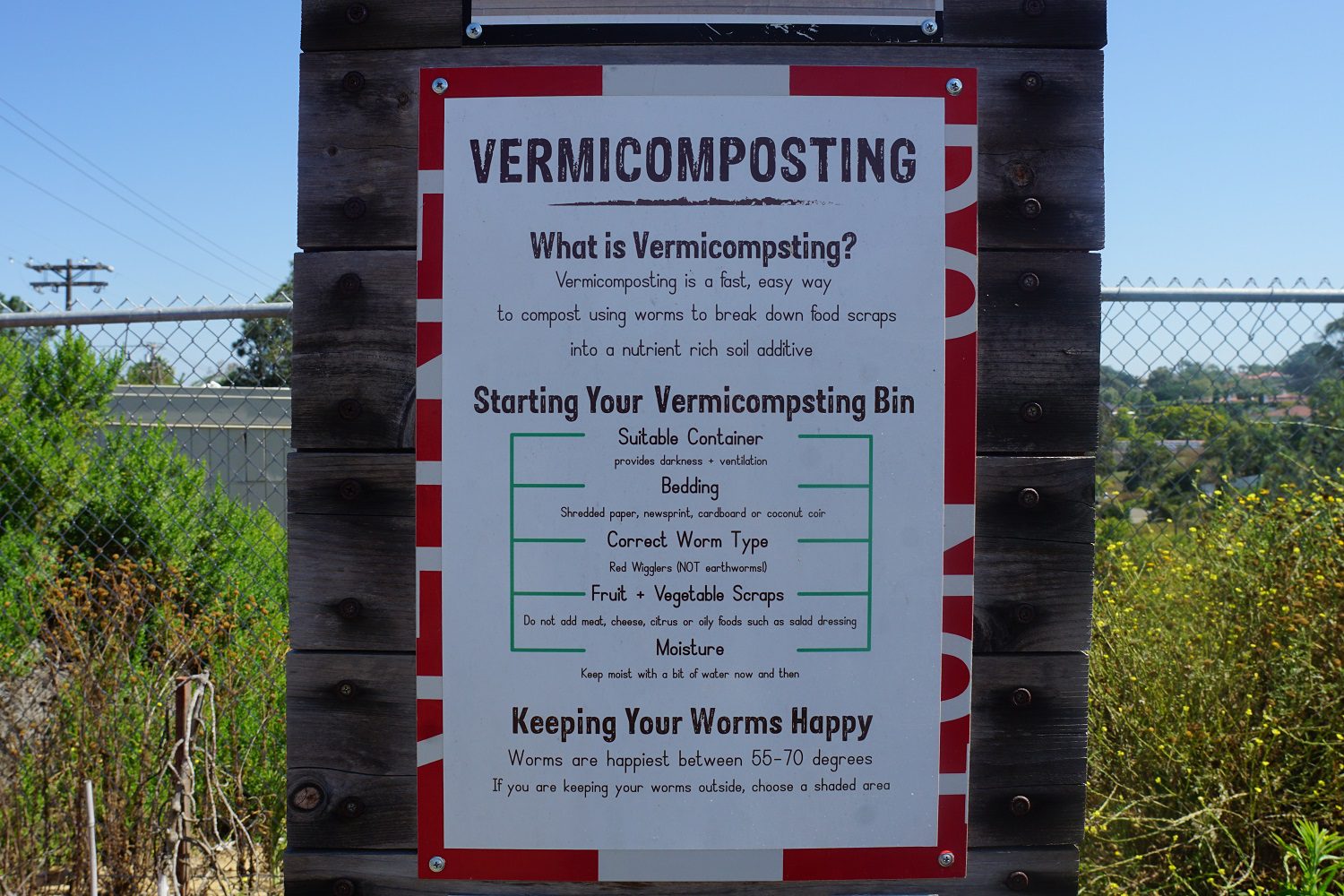

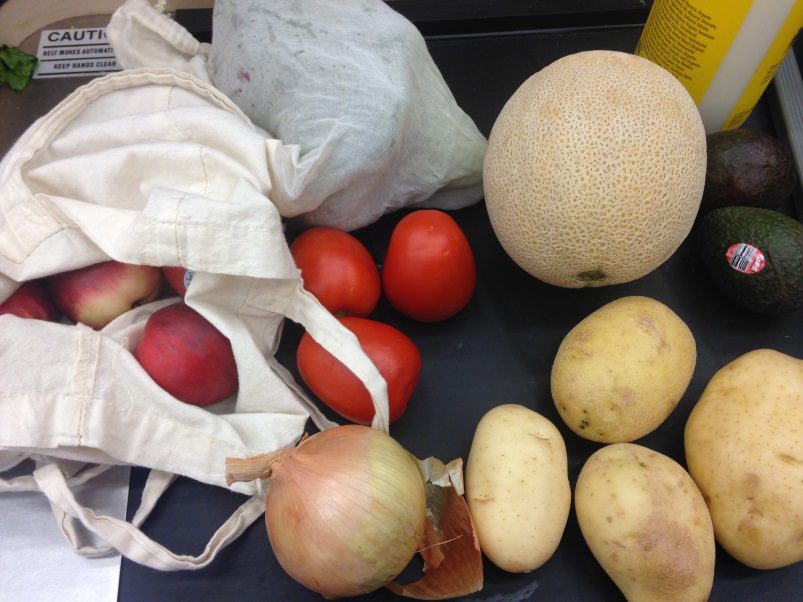
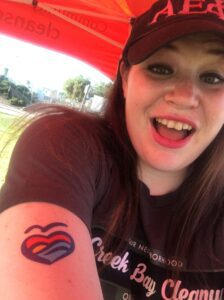

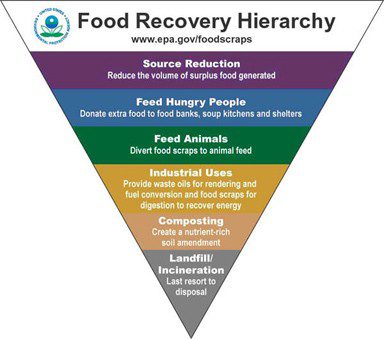


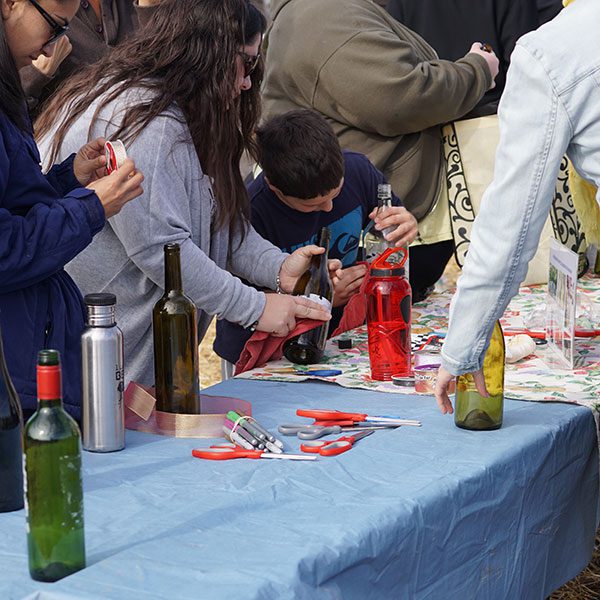
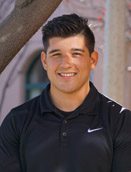 Today’s blog comes from our Contracts Manager, Sam, who has been attending several meetings related to San Diego’s Zero Waste Plan, including food recovery and organics recycling. The idea of zero waste can seem daunting or too far-fetched. Read on to learn about other cities that have successfully implemented zero waste practices IRL (in real life) and what San Diegans can do to help reach these waste diversion goals.
Today’s blog comes from our Contracts Manager, Sam, who has been attending several meetings related to San Diego’s Zero Waste Plan, including food recovery and organics recycling. The idea of zero waste can seem daunting or too far-fetched. Read on to learn about other cities that have successfully implemented zero waste practices IRL (in real life) and what San Diegans can do to help reach these waste diversion goals.